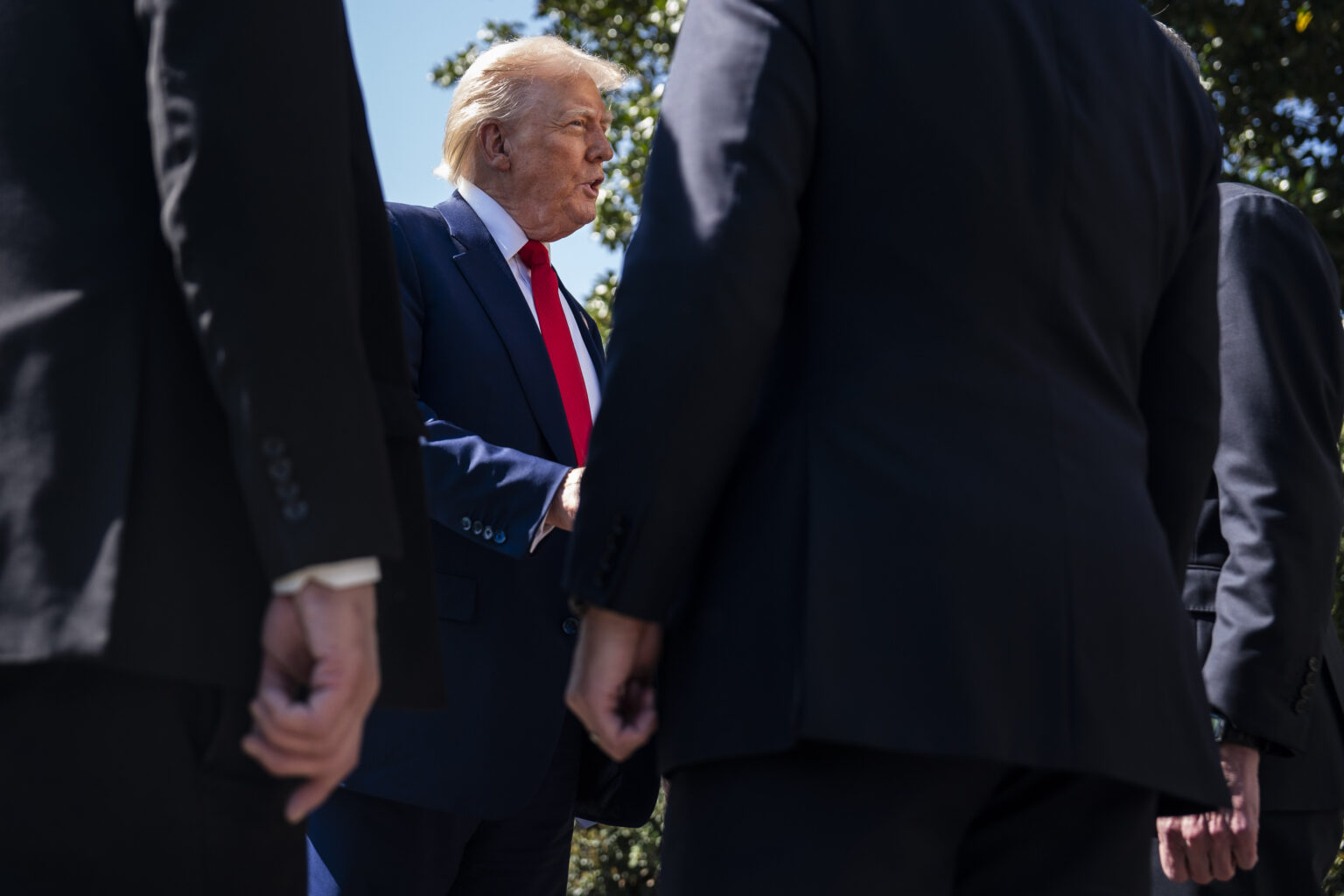U.S. Trade Policy Escalation: Trump Threatens Significant Tariffs on Japan and South Korea
In a bold move on Monday, President Donald Trump announced plans to impose a 25 percent tariff on imports from Japan and South Korea, signaling the beginning of a series of escalating trade measures. This announcement marks a strategic shift as the White House continues to pursue renegotiations of trade agreements with numerous nations worldwide.
Diplomatic Communications and Initial Stance
Through a pair of messages shared on Truth Social, his preferred social media platform, Trump emphasized that the United States remains committed to ongoing discussions with these countries despite persistent trade imbalances. He expressed concern over the lack of reciprocity in trade relations, stating, “Our relationship has been, unfortunately, far from reciprocal.” The 25 percent tariff is described as a preliminary figure, with Trump warning that any retaliatory tariffs from Japan or Korea would be added on top of this initial rate. “If either country decides to increase their tariffs, the additional amount will be appended to the 25% we are currently proposing,” he clarified.
Context of Existing Tariff Policies and Future Implications
The current trade environment includes a 90-day suspension on new tariffs, which Trump introduced in April. During this period, tariffs ranged from 10 percent to approximately 50 percent on imports from various nations. This pause is scheduled to conclude on Wednesday, although Treasury Secretary Scott Bessent has indicated that new tariffs might not be implemented until August 1. Under the existing framework, Japan would have faced a 24 percent tariff, while South Korean goods would be taxed at 25 percent-matching the rate announced by Trump.
Potential for Negotiated Trade Adjustments
Trump hinted at the possibility of revising tariffs if trading partners open their markets and eliminate barriers. He stated, “If you wish to open your previously closed trading markets to the United States and remove your tariff and non-tariff barriers, we may consider adjusting this stance.” This suggests an ongoing negotiation process, with the administration seeking concessions before the August deadline.
Signals from the White House and Market Reactions
According to Treasury Secretary Bessent, President Trump plans to send similar letters to other trading partners, warning that failure to progress could result in tariffs reverting to their April levels on August 1. “We anticipate a rapid series of trade agreements,” Bessent remarked during an interview on CNN’s “State of the Union.”
Challenges in Finalizing Trade Agreements
Despite assurances from the Trump administration about nearing comprehensive trade deals, progress has been sluggish. Recently, Trump claimed on social media that a trade agreement had been reached with Vietnam, including a 20 percent tariff on its imports, though specific details remain undisclosed. The uncertainty surrounding these negotiations has contributed to volatility in financial markets, with all three major stock indices experiencing declines amid the trade policy developments.
Broader Impact and Future Outlook
This series of tariff threats underscores a shift toward more aggressive trade tactics by the United States, aiming to address longstanding trade deficits and perceived unfair practices. As negotiations continue, global markets and international relations are closely watching for signs of resolution or further escalation. The coming weeks will be critical in determining whether these tariffs will serve as leverage for better trade terms or trigger broader economic repercussions.

